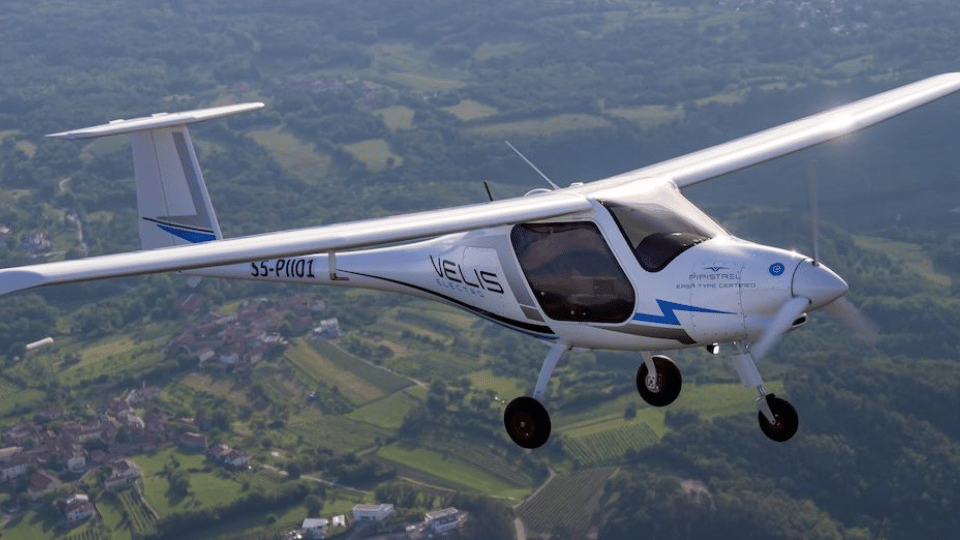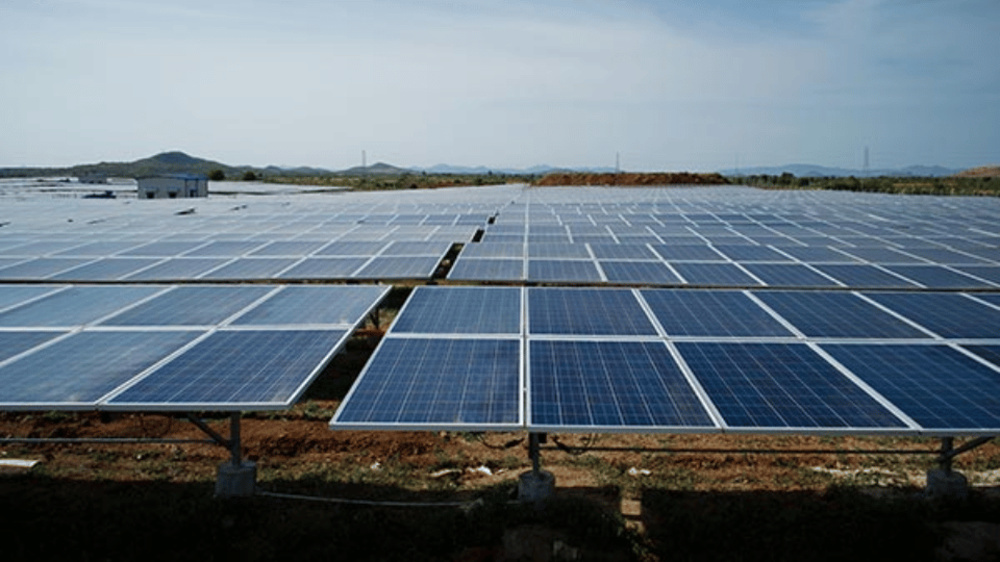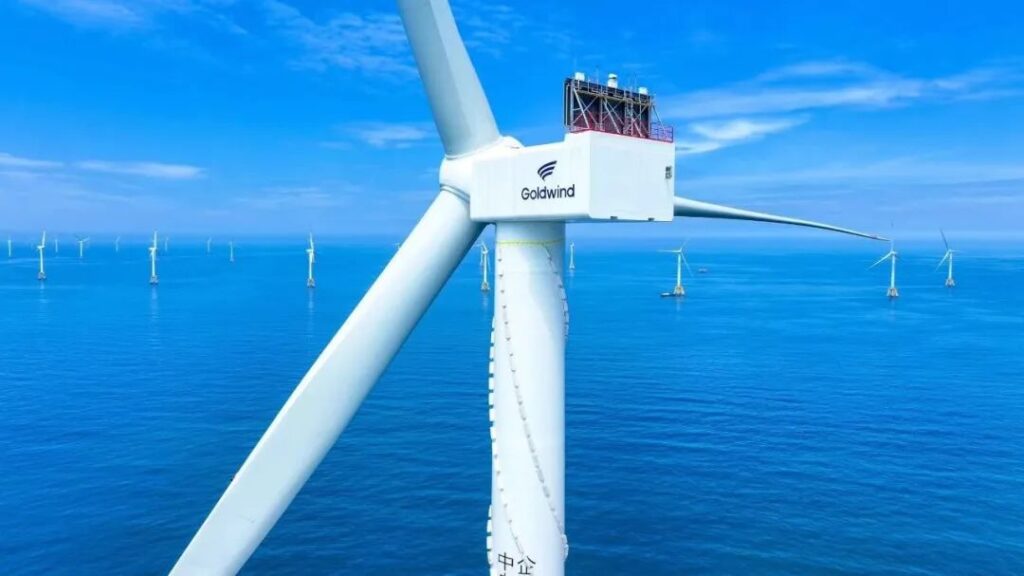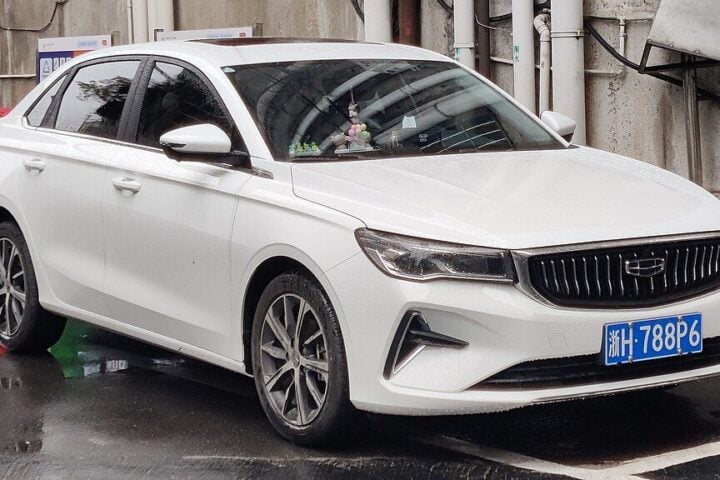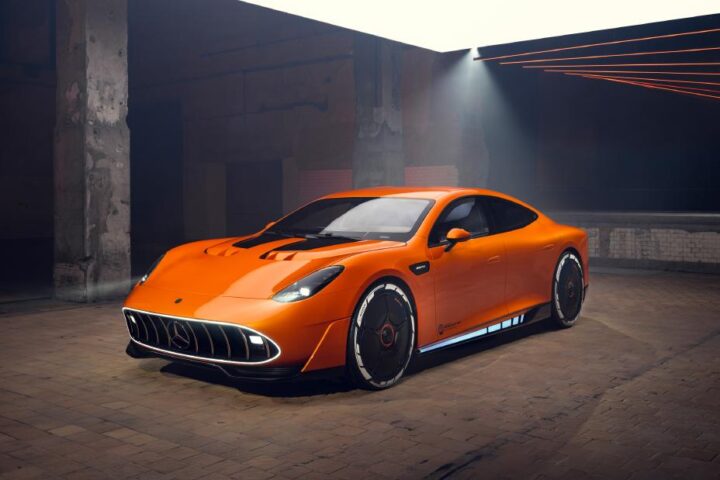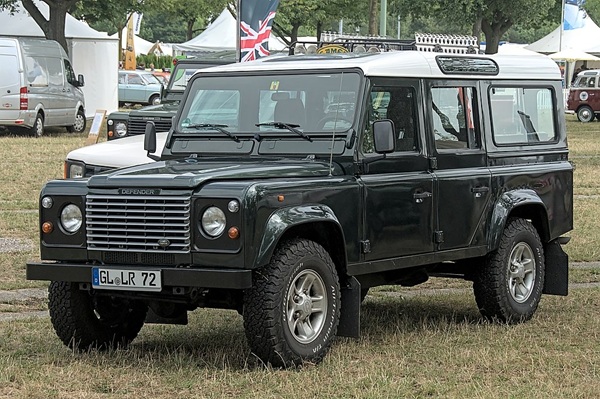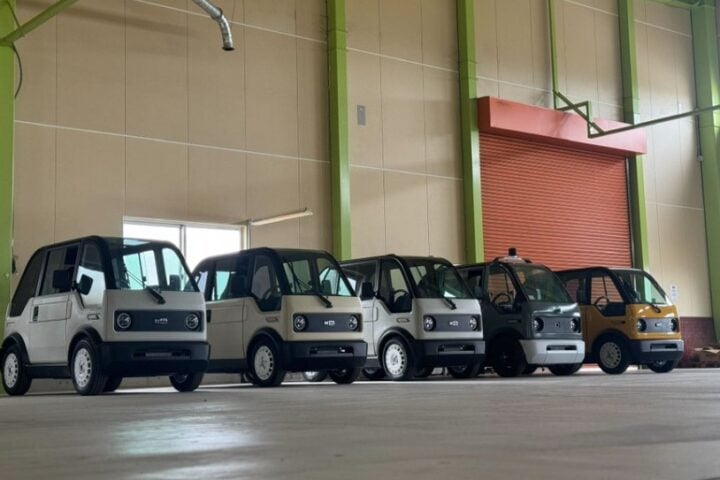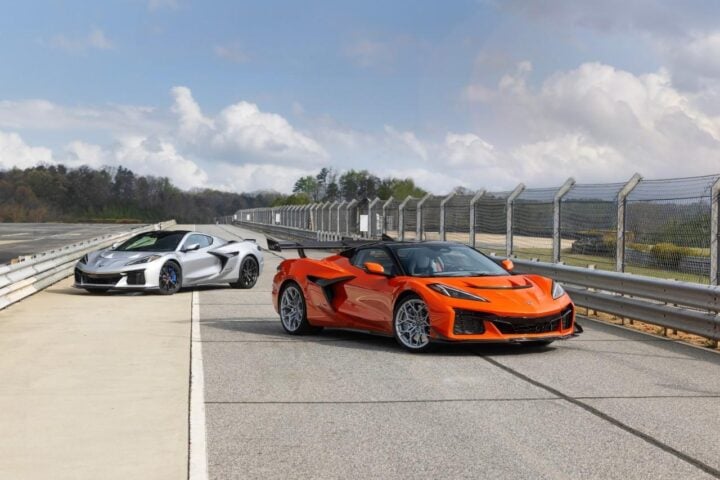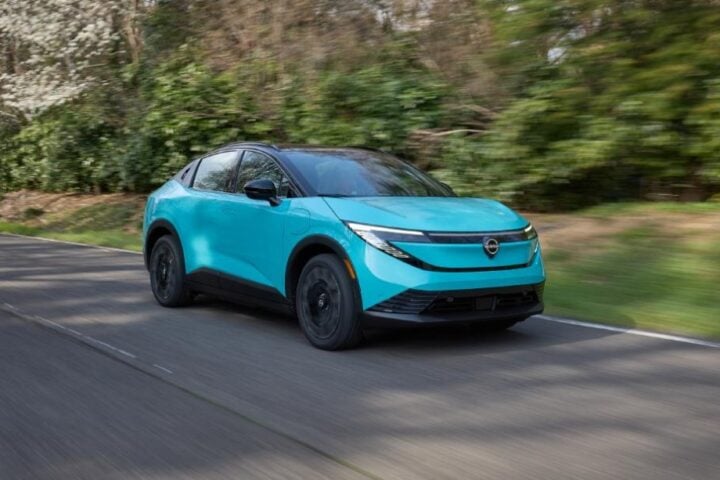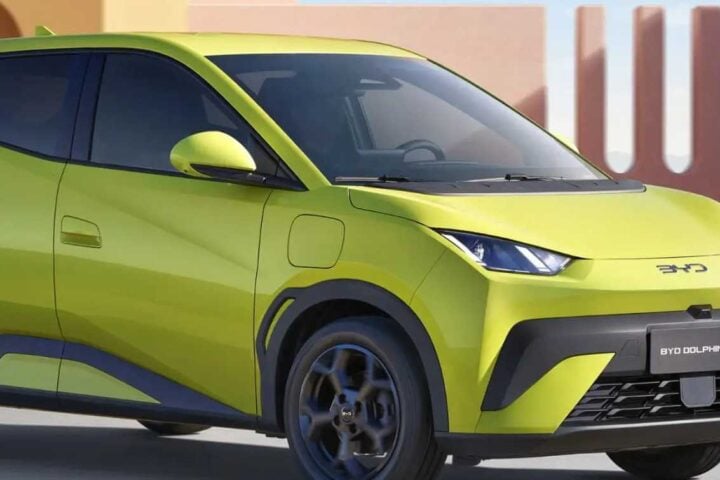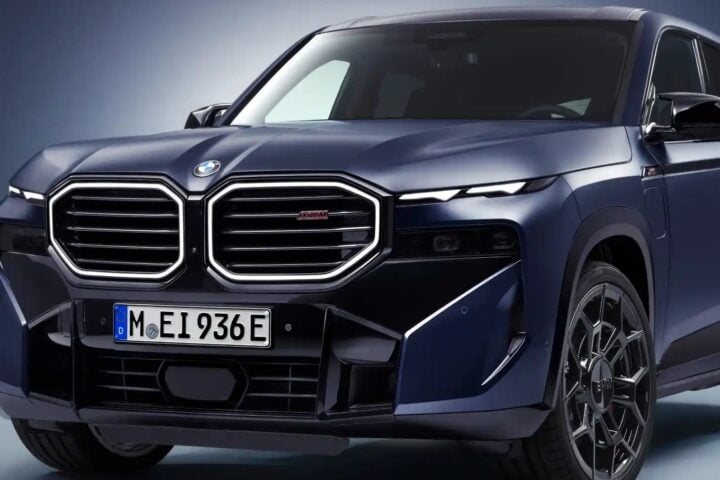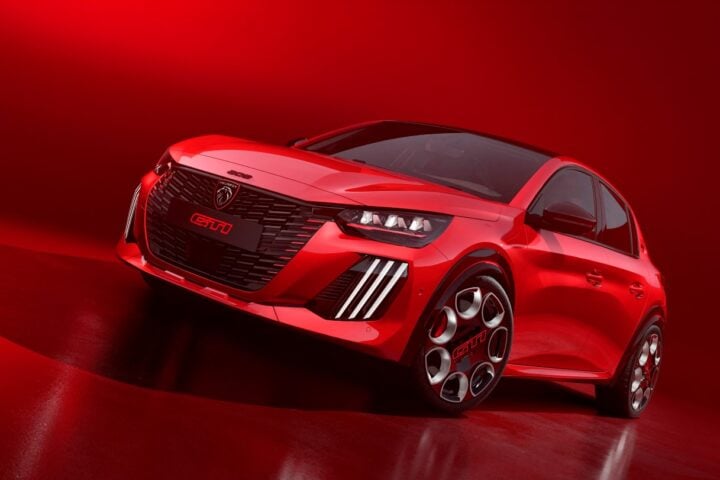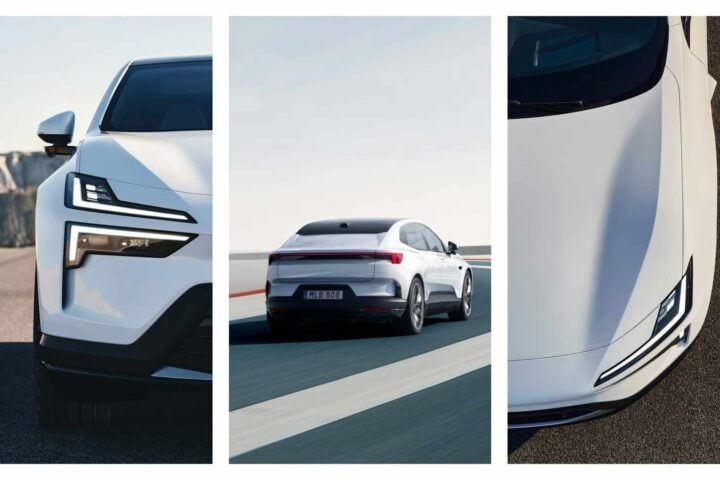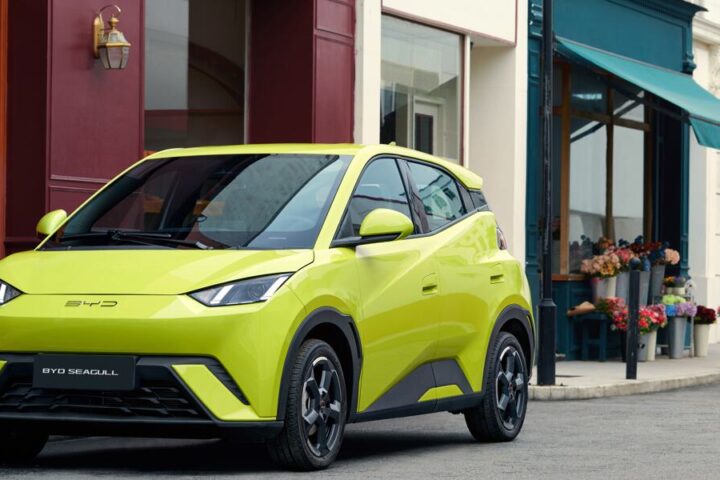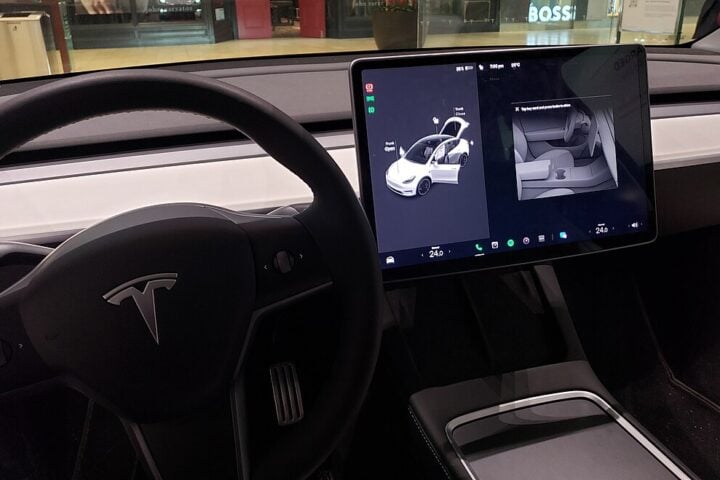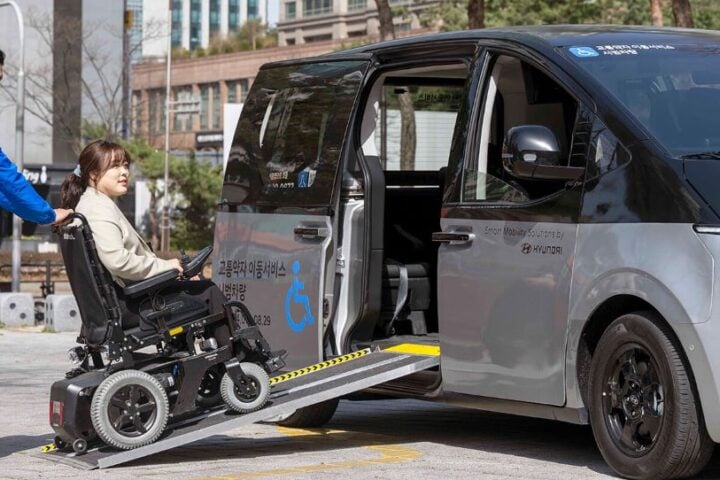In the world of aviation, where sustainability is the new runway, Saxon Air’s electric venture tells a story of ambition and reality checks. CEO Alex Durand aimed high with the Pipistrel Velis, an electric bird ready to fly from Norwich to Oxford. But here’s the twist: the journey stalled, not for lack of will, but for lack of charging spots. Durand’s words paint the picture, “We couldn’t do the trip from Norwich to Oxford because of the range gaps in the airfields.”
The electric aviation scene is buzzing, but it’s facing turbulence in a few areas:
- Range Reality:
- The electric aircraft have a leash on how far they can fly. The Pipistrel Velis, for example, can’t go long distances without needing a recharge.
- Charging Challenges:
- Airports are still catching up with charging stations. It’s like having electric cars with few power outlets.
- Regulatory Riddles:
- The rulebook for electric flights isn’t quite written yet. We need clear guidelines for maintenance, operations, and training.
- Cost Considerations:
- Setting up charging stations isn’t cheap, and there’s no one-size-fits-all for electric aircraft chargers.
- Hydrogen Headaches:
- Shifting to hydrogen power adds another layer of complexity, mainly because the infrastructure is even more sparse.
Similar Posts
Despite these headwinds, there’s progress in the air. London Oxford Airport is investing £48 million in a science park and a new fuel farm for sustainable aviation fuel (SAF). Meanwhile, the folks at OXCCU, a University of Oxford spinout, are busy turning atmospheric CO2 into aviation fuel. It’s cutting-edge stuff, showing how the industry is pushing for a greener sky.
Durand, while grounded in the challenges, sees the potential. Saxon Air is learning from its experience, leasing the Velis to better understand this emerging field. The message is clear: for electric aviation to soar, we need more than just planes. We need the right charging infrastructure, solid regulations, and a community effort.
To sum it up, electric aviation is more than a trend; it’s the future. But to get there, we’ve got to build the runway – literally and figuratively. With collaboration, innovation, and a bit of patience, we might just see electric wings dominating the skies.
